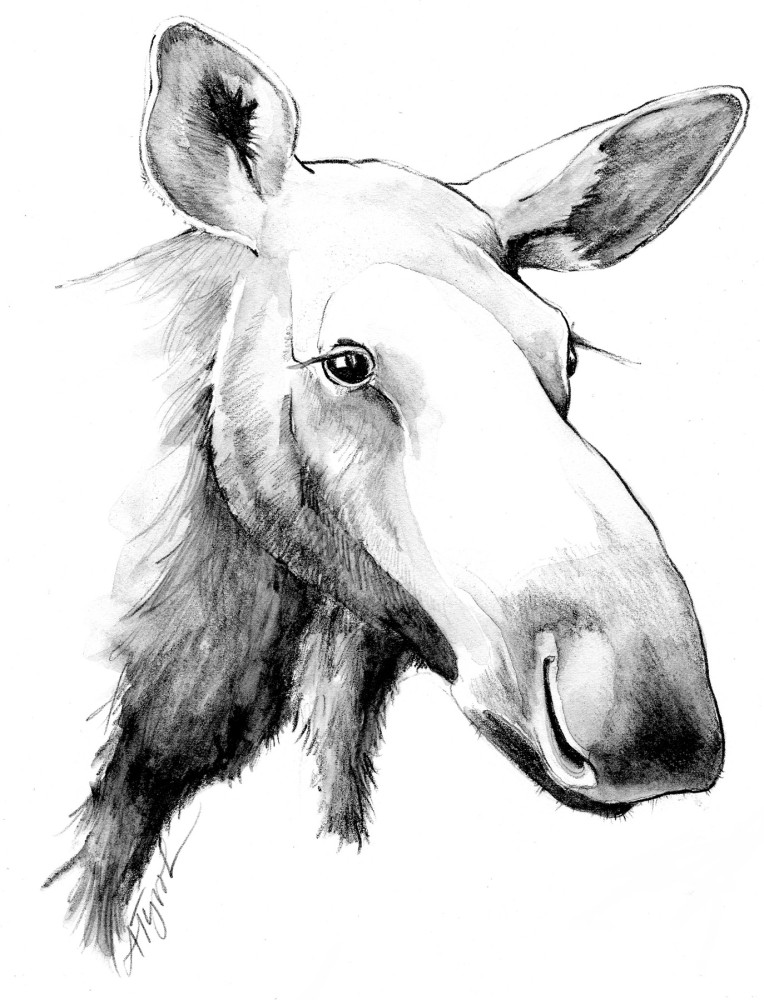
Forty years ago, amid the surge of legislation that accompanied the rise of the modern environmental movement, New Hampshire passed its first Endangered Species Conservation Act. The goal was to protect wildlife facing extinction in the Granite State. There was just one problem: they had no list of exactly which species were threatened or endangered.
So, in December 1979, a gathering of more than 50 biologists, naturalists, and woodsmen was convened at the Harris Center for Conservation Education, where I now work. They divided into working groups on mammals, birds, and “cold-blooded vertebrates” – invertebrates and rare plants would have to wait almost another decade for inclusion – and, when the day was done, 40 species had been identified as endangered, threatened, or “of concern.”
The conference proceedings provide a remarkable glimpse into the evolution of wildlife management. In considering species for listing, the working groups referenced biological surveys and published records, as you might expect, but they also included personal stories and the kind of intimate knowledge that only comes from spending deep time outdoors. A respected hunter and trapper asserted: “I have never seen a cougar track in all my life and I’ve spent at least 50 winters roaming the woods on snowshoes.” A Dartmouth biologist declared: “My heart says that [the timber rattlesnake] is endangered throughout its range.”
Today, wildlife management is decidedly more quantitative. Statistics. Peer-reviewed studies. Numbers. And one number that gets a lot of attention is the population estimate. How many moose are there in New Hampshire? Right now, around 3,500. How many bald eagles? Sixty-five territorial pairs.
But what exactly do these numbers mean, and how do biologists calculate them?
In rare instances, when a species is in imminent danger of extinction or occupies a very limited habitat, biologists do attempt to count every individual. Hence, the knowledge that we had 65 territorial pairs of bald eagles in New Hampshire in 2018, up from one pair in 1996. For most species, however, population estimates are far more difficult to calculate. “The key word in the phrase ‘population estimate’ is estimate,” said Michael Marchand, who oversees New Hampshire Fish and Game’s (NHFG) nongame and endangered wildlife program.
Dr. Peter Pekins, UNH professor of wildlife biology, agreed. “The public wants an absolute number, but that’s an impossibility.”
In the case of moose, New Hampshire develops their population estimate through a combination of aerial surveys and on-the-ground observations. The aerial surveys use thermal imaging cameras to detect moose from above via small aircraft – an effective, but expensive technique. Several studies have examined the relationship between moose detection via aerial survey and moose observations gleaned from deer hunters, and developed a formula that converts hunter observations into a reasonably accurate measure of moose density. Every year, NHFG sends questionnaires to 16,000 deer hunters, asking how many hours they spent hunting, where they were, and how many moose they saw while they were out looking for deer. From the responses, state biologists calculate a range of figures, including the sought-after population estimate. But again, it’s just an estimate. “There’s no such thing as a perfect count,” said Kris Rines, NHFG’s moose biologist.
The vast majority of data collected by wildlife biologists is geared toward detecting trends rather than absolute numbers. To that end, New Hampshire, Maine, and Vermont gather information on every moose registered by hunters at check stations, including weight, age, and – now that winter ticks have been identified as a key factor in moose declines – tick counts. Hunters are also required to turn in the reproductive tracts of any female moose they harvest; by examining ovulation scars, biologists can determine whether a cow has likely been pregnant, and whether she had twins or just a single calf.
It’s natural to be curious about how many moose or bald eagles exist in a given place at a given time, but is it necessary information? For most species, the answer is no. The overarching goal of state wildlife management programs is to maintain healthy, stable wildlife populations – to keep common species common, to help declining species recover, and to do so within the practical confines of a never-enough budget. Marchand described this part of his work as “determining what information we need to know in order to make effective conservation decisions. The more info you need, the more it costs.”
In the end, we’ll never know precisely how many moose or bald eagles there are in the Granite State. What we do know, from trend data, is that wood turtles are vulnerable, moose are in decline and eagles, thankfully, are recovering. When it comes to managing wildlife, that’s enough.

